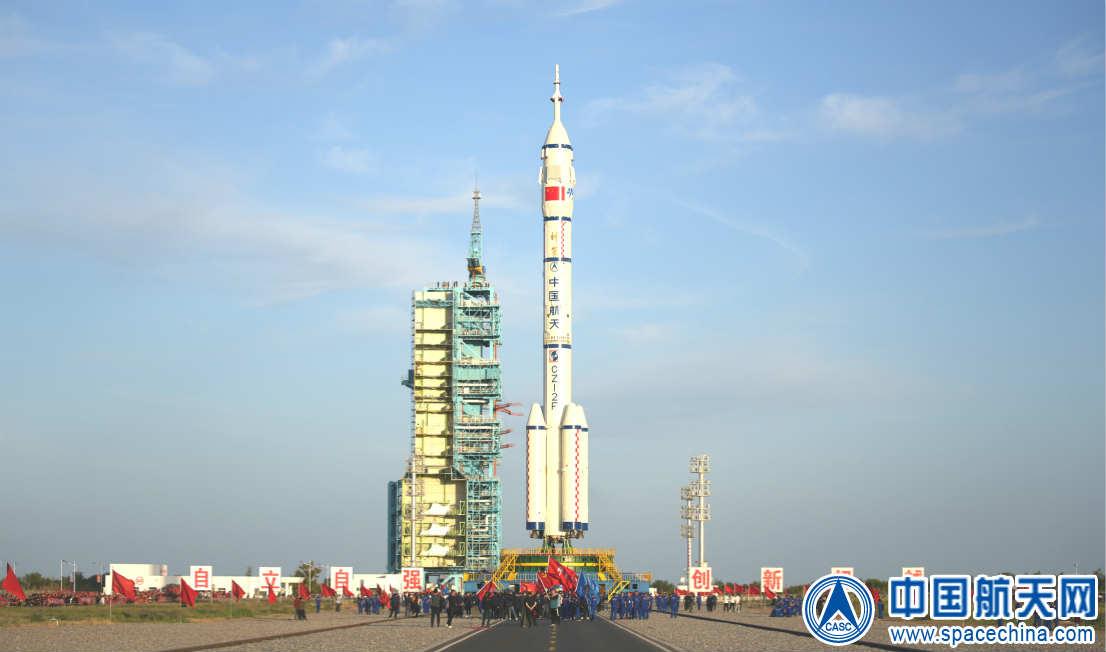
For SpaceUpClose.com & RocketSTEM
CAPE CANAVERAL, FL – China has rolled out the Long March 2F rocket to the launch pad as preparations move forward for the country’s next human spaceflight mission targeted for launch of a trio of astronauts to their new space station in low Earth Orbit later this month.
The 191-foot-tall (58-meter) Shenzhou 12 manned spaceship integrated atop the Long March 2F rocket rolled out on rail tracks about one-mile (1.6-kilometer) to the pad at the Jiuquan Satellite Launch Center in Gobi Desert in remote northwestern China on Wednesday, June 9.
“The assembly of the Shenzhou-12 manned spaceship and a Long March-2F carrier rocket has been transferred to the launching area of the Jiuquan Satellite Launch Center in northwest China on Wednesday.The facilities and equipment at the launch center are in good condition, and various pre-launch function checks and joint tests will be carried out as planned,” the China Manned Spaceflight Agency confirmed June 9.
A launch date for the Shenzhou 12 mission to the Tianhe core module of China’s new Tiangong space station has not been announced but could take place in about a week based on past launch operation sequences from prior manned missions – perhaps as soon as the 15th , 16th or 17th.
Shenzhou 12 will be the first mission to China’s new fledgling space station and their first human spaceflight mission since 2016.
The 19 story tall Shenzhou 12 manned spacecraft and the Long March-2F carrier rocket were developed by China Aerospace Science and Technology Corp. (CASC), that is the prime contractor for China’s space program.
“At present, the spacecraft, rockets in good condition, launch site facilities and equipment in good condition, the follow-up will be planned to carry out pre-launch functional inspection, joint testing and other work,” CASC announced after the Shenzhou 12/Long March 2F rocket rollout.
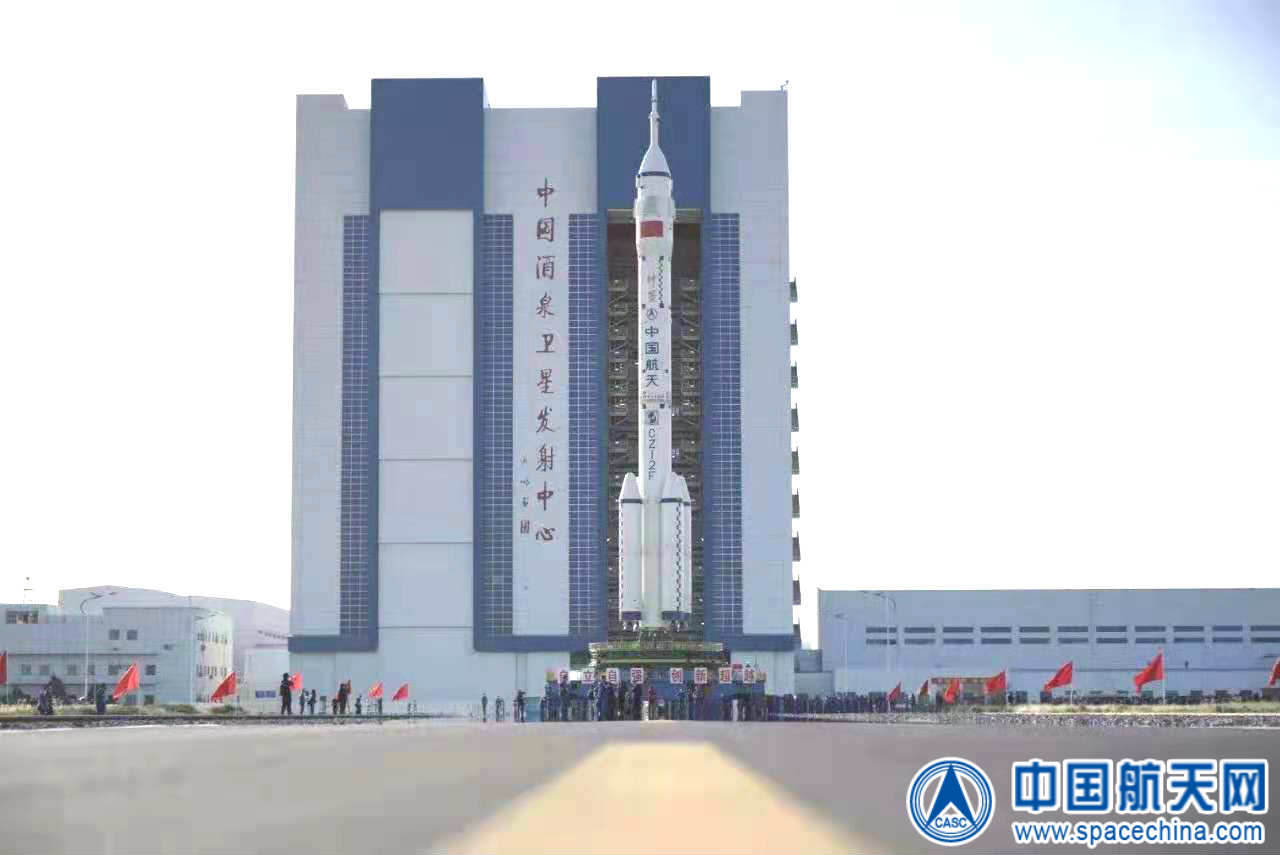
The planned liftoff of Shenzhou-12 will continue China’s fast-paced assembly schedule of the country’s new space station following the successful April 29 launch of the massive 22 ton core module named Tianhe to orbit on a Chinese Long March-5B rocket that kicked off a very ambitious series of 11 launches aiming to complete the construction of the station by the end of next year.
The Tianhe launch was followed up by China’s Tianzhou-2 cargo ship launch on May 29 which successfully docked eight hours later on May 30 with the core module on a mission to deliver nearly seven tons of supplies, equipment, science, spacesuits and propellant to the fledgling outpost circling in low Earth orbit ahead of the first crew launch now slated for June.
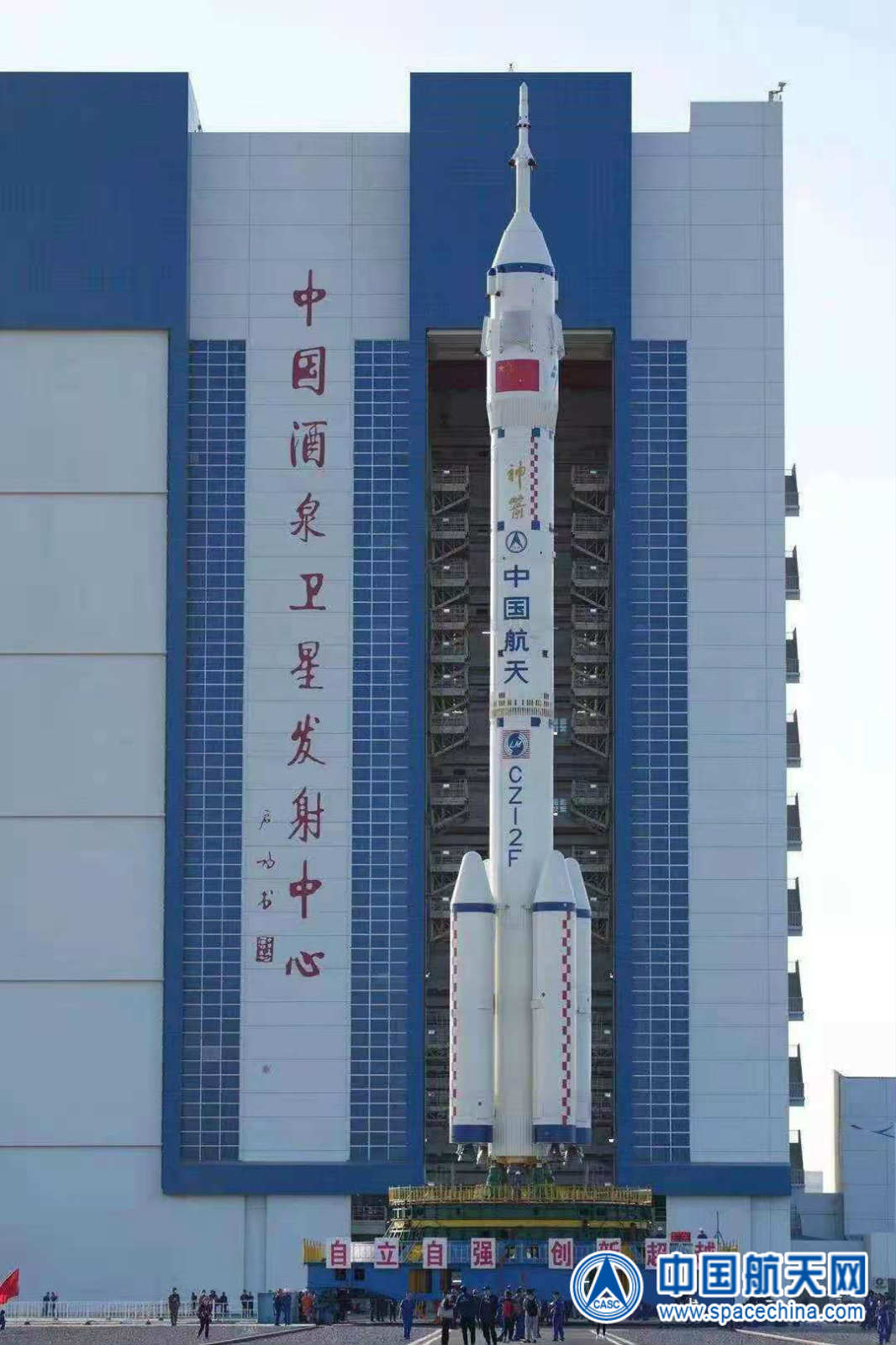
The Tiangong space station is traveling in low Earth orbit circling about 340–450 km (210–280 mi) above the surface and inclined about 41.5 degrees north and south of the equator.
Three Chinese astronauts will begin a three-month in-orbit residency in the combination of the Tianhe core module, the Tianzhou-2 cargo spacecraft and the Shenzhou XII manned spacecraft,” CASG confirmed.
The three-month long term stay aboard the space station by the Shenzhou 12 crew will count as the China’s longest duration human spaceflight by Chinese astronauts to date.
Overall Shenzhou 12 will be China’s seventh crewed spaceflight since 2003.
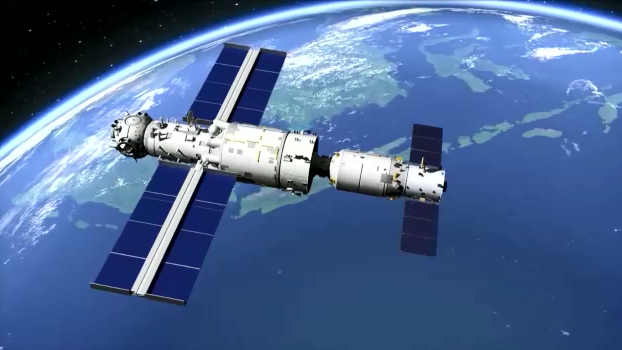
All three crew members will be males selected from China’s 1st two astronaut selection groups, said Yang Liwei, China’s first astronaut and now a manager in the human spaceflight program in remarks to Chinese state media.
The identities of the three male Shenzhou 12 astronauts has not yet been revealed.
Female Chinese astronauts will be included on subsequent missions.
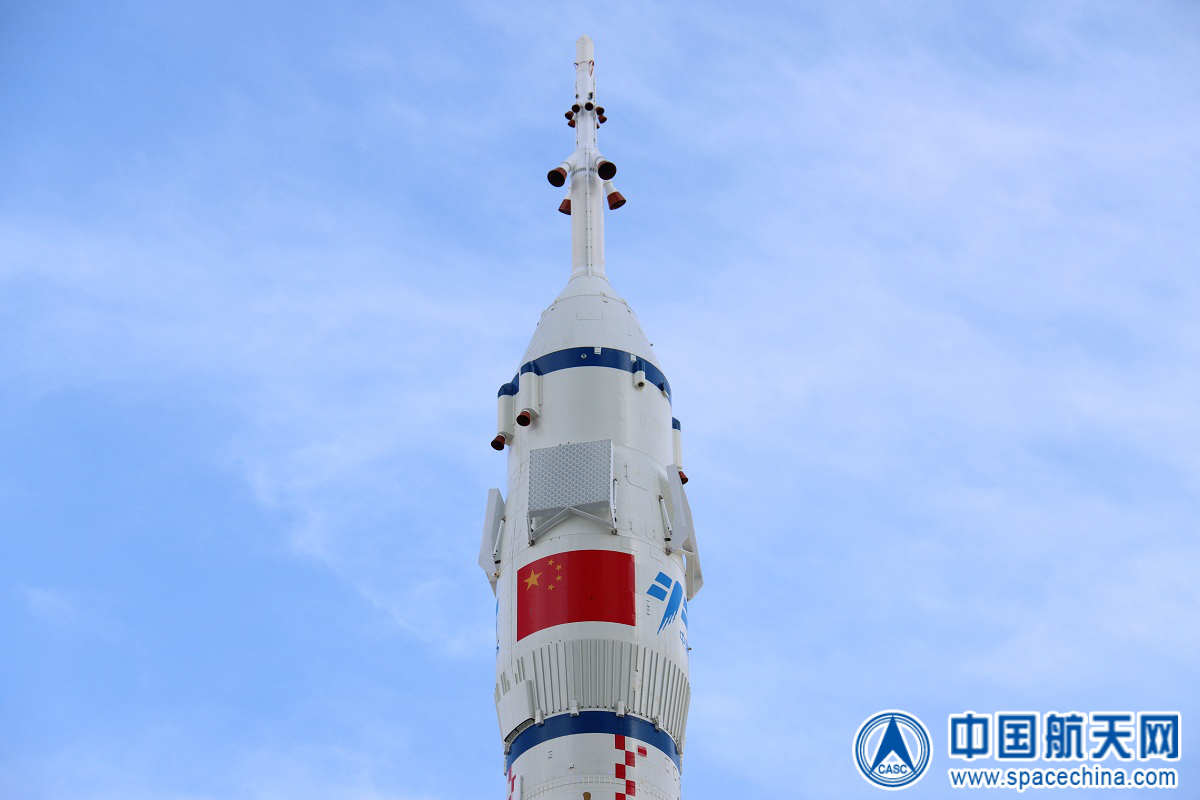
After Shenzhou 12 departs they will be replaced by a new three person crew on the Shenzhou 13 later this year in September along with another cargo ship launch.
“It is expected that in September and October this year, China will also carry out the Tianzhou 3 cargo spacecraft and Shenzhou 13 manned spacecraft missions,” CASG said.
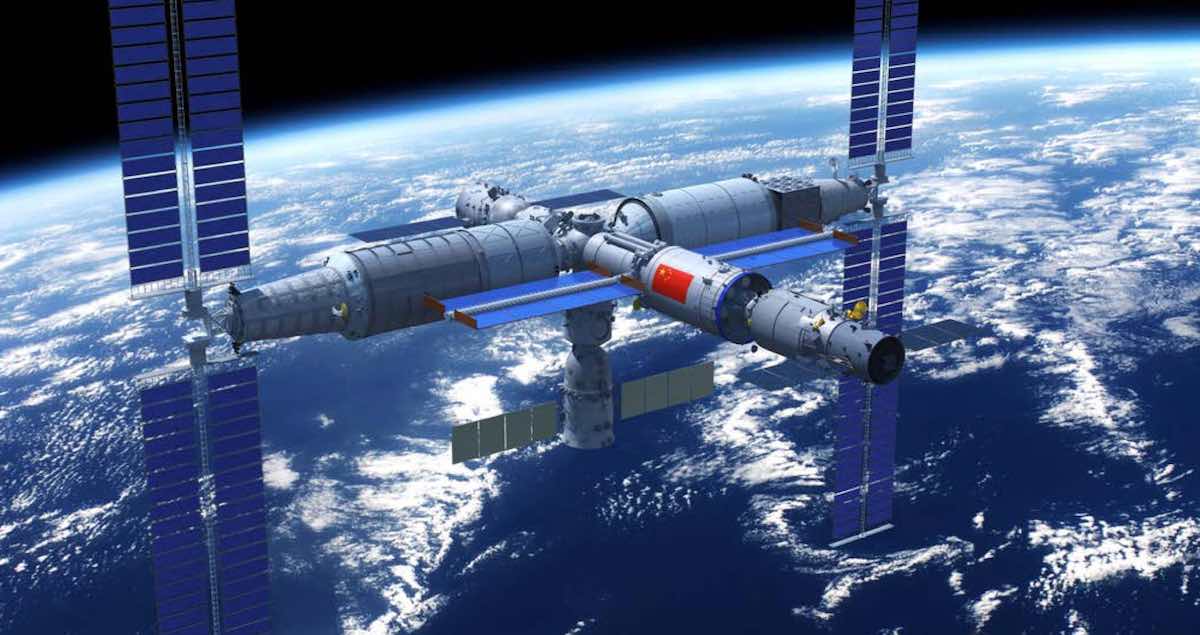
The new Space Station counts as the most ambitious program ever in the history of China’s human space flight program.
China plans a series of 11 missions to complete assembly on an accelerated schedule by the end of 2022.
“Tianhe will act as the management and control hub of the space station Tiangong, meaning Heavenly Palace, with a node that could dock with up to three spacecraft at a time for short stays, or two for long,” said Bai Linhou, deputy chief designer of the space station at the China Academy of Space Technology (CAST), under the China Aerospace Science and Technology Corporation.
Five space station mission launches are scheduled this year and six in 2022.
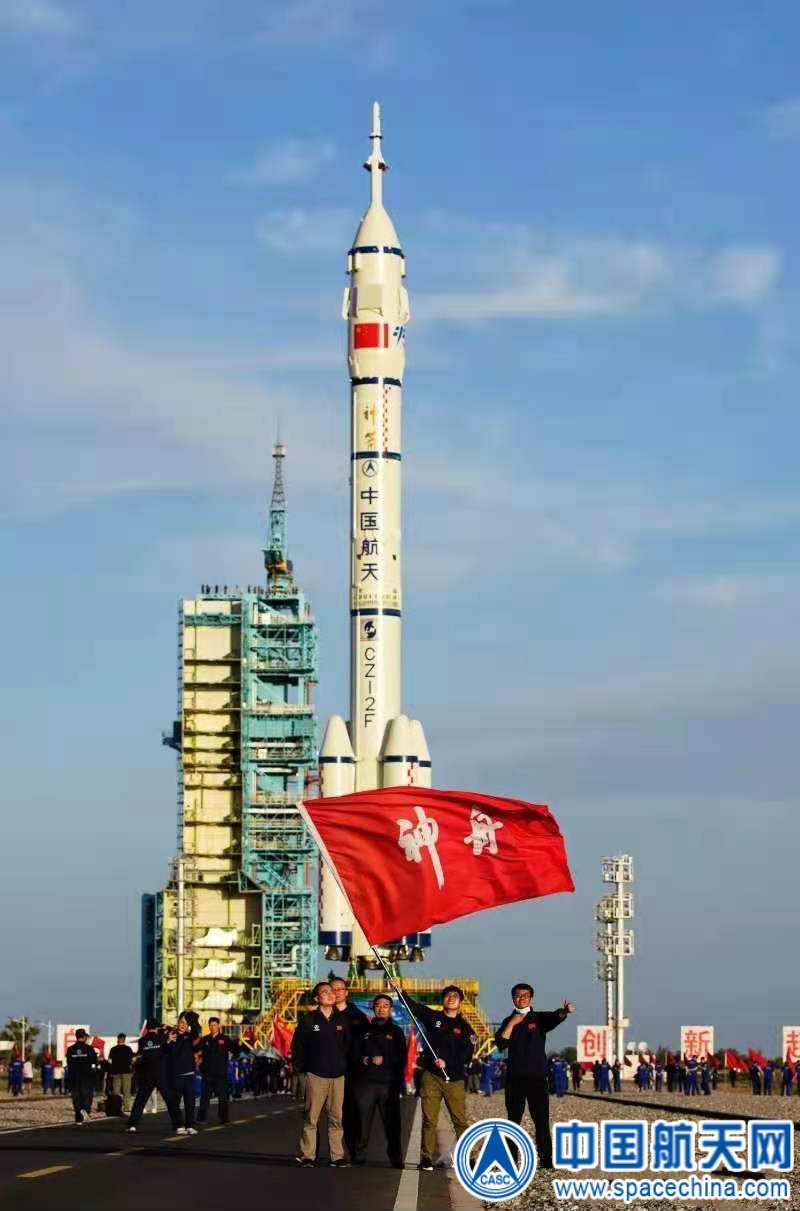
Another three person crew including the first female Chinese crew member will launch later this year on the Shenzhou-13 mission for the start of routine six month stays aboard.
Two additional habitable laboratory modules that are similarly sized to Tianhe will be added next year – each with a mass of 20 tons.
They are named the Wentian and Mengtian lab modules
The space station will take on a T shape when complete with the core module at the center and a lab capsule on each side.
At times the overall mass will reach to about 100 tons when cargo and manned spacecraft are docked.
Two additional Tianzhou cargo spacecraft and two additional Shenzhou manned spaceships will also launch next year for a total of six flights in 2022 remaining to complete the construction of the space station.
When complete the Tiangong Space Station will be about the size of Russia’s Mir space station and 1/5 the size of the ISS.
It has been designed for a lifespan of 10 years, but Chinese experts say it could last much longer to 15 years or more with appropriate maintenance and repairs.
The ISS has also lasted much longer than expected and its lifetime has been extended several times already
Watch Ken’s continuing reports about Chinea’s space program, NASA Planetary and Space Science, SpaceX Cargo and Crew Dragons, Artemis and NASA missions, SLS, Orion, SpaceX Starlink, Commercial Crew and Starliner and Crew Dragon and onsite for live reporting of upcoming and recent SpaceX and ULA launches including Crew 1 & 2, ISS, Solar Orbiter, Mars 2020 Perseverance and Curiosity rovers, NRO spysats and national security missions and more at the Kennedy Space Center and Cape Canaveral Space Force Station.
Stay tuned here for Ken’s continuing Earth and Planetary science and human spaceflight news: www.kenkremer.com –www.spaceupclose.com – twitter @ken_kremer – email: ken at kenkremer.com
Dr. Kremer is a research scientist and journalist based in the KSC area, active in outreach and interviewed regularly on TV and radio about space topics.
………….
Ken’s photos are for sale and he is available for lectures and outreach events
Please consider supporting Ken’s work by purchasing his photos and/or donating at Patreon:
https://www.patreon.com/kenkremer
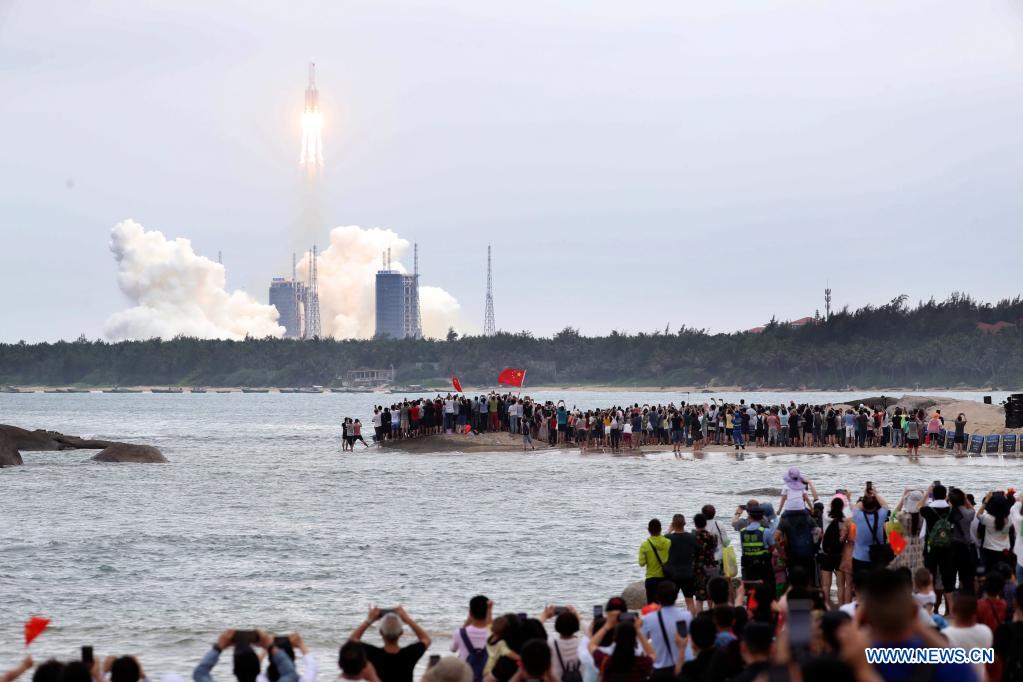
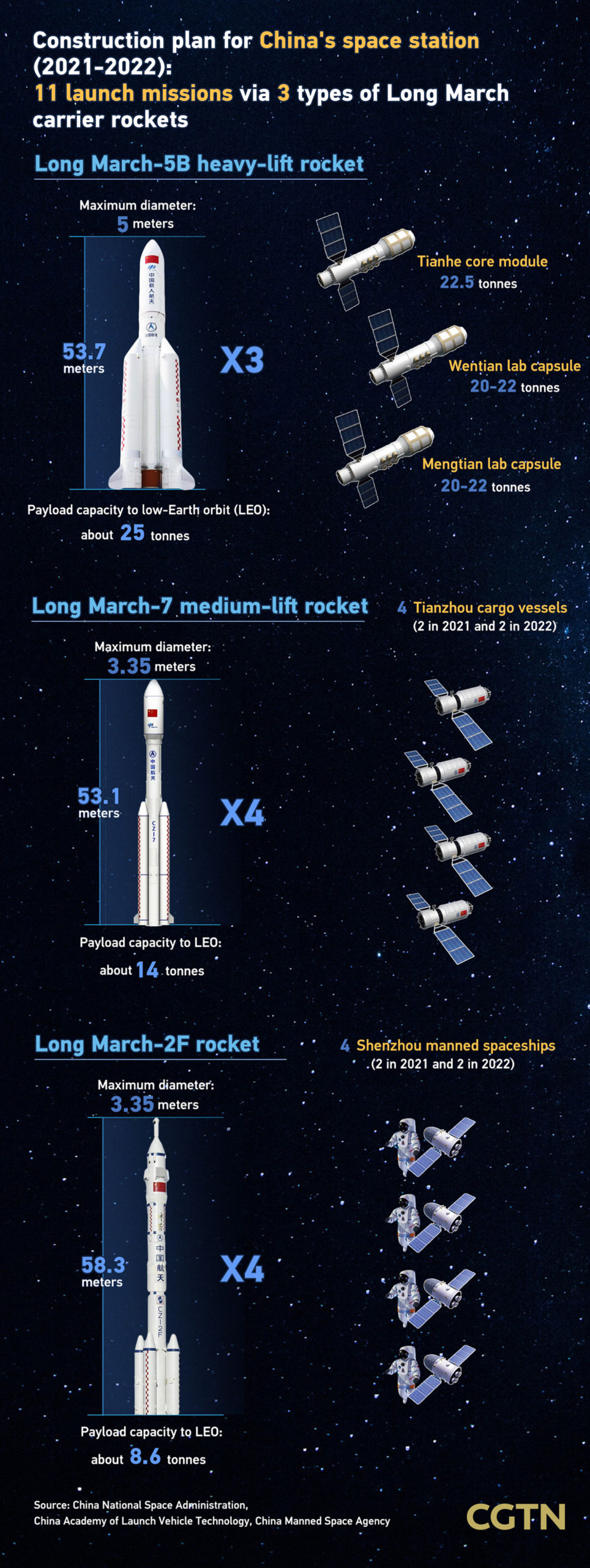
x



